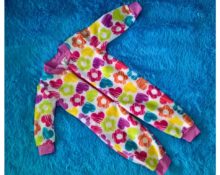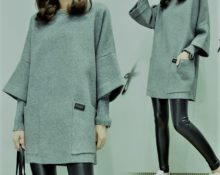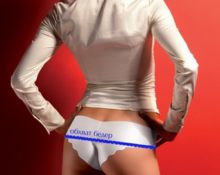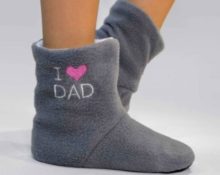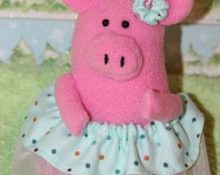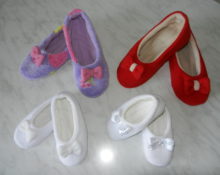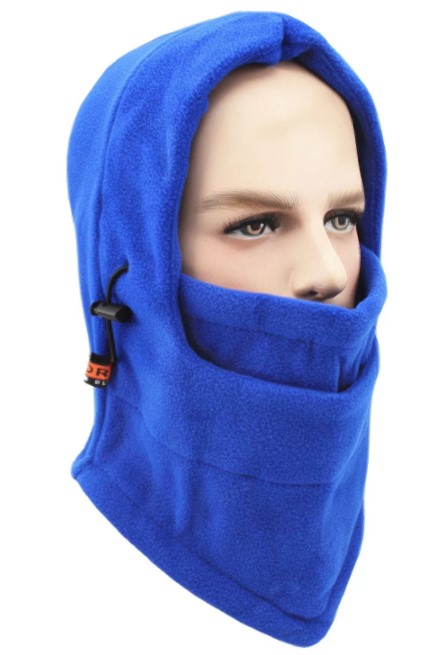 In winter, additional insulation will not hurt anyone. But the balaclava bears the name of the city; it was first worn by British soldiers, translated as “ski mask,” so warm products are used by athletes. To hide the face, it is used in the army, as well as in special forces; they are also worn under a helmet.
In winter, additional insulation will not hurt anyone. But the balaclava bears the name of the city; it was first worn by British soldiers, translated as “ski mask,” so warm products are used by athletes. To hide the face, it is used in the army, as well as in special forces; they are also worn under a helmet.
Differences in fleece fabric
Fleece material appeared relatively recently (in 1979), but has already gained popularity. The fabric is initially smooth, but during processing, special hooks pull out small loops, forming a pile, the length of which depends on the type of fleece.
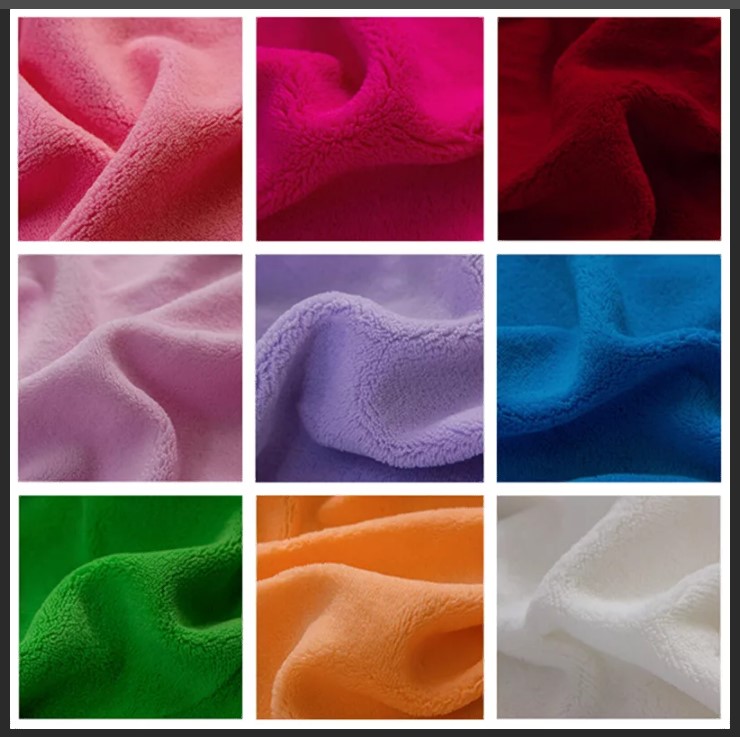
Reference! Some sources report that fleece is a non-woven material. This is incorrect, since it is a knitted fabric made of polyester fibers. The term “non-woven” applies only to those materials whose fibers are glued or compressed.
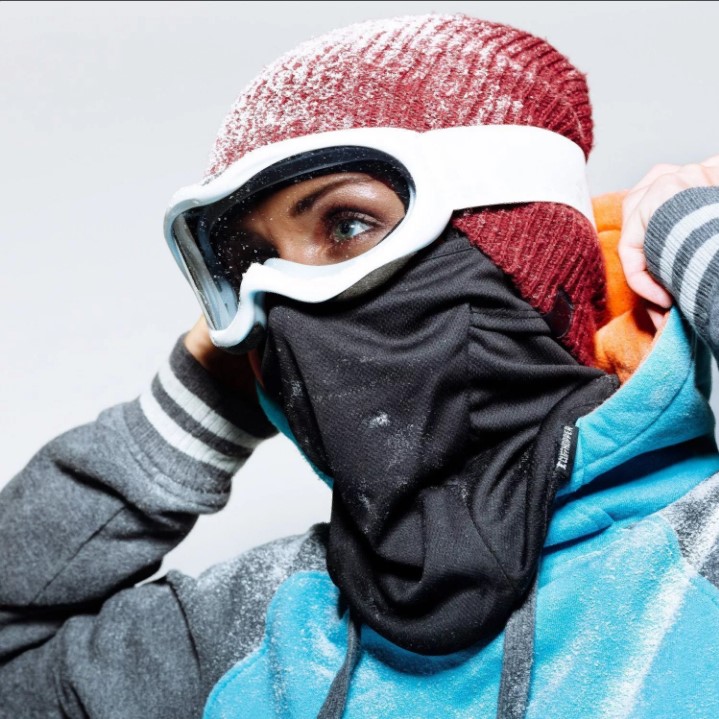 Pros:
Pros:
- wear-resistant;
- elastic;
- easy;
- dries quickly;
- does not rot;
- hypoallergenic;
- keeps warm even if wet.
Minuses:
- electrified;
- flammable, but recently it has been treated with special non-flammable compounds;
- a real dust collector.
What is a balaclava?
The equivalent name for a balaclava is "balaclava".
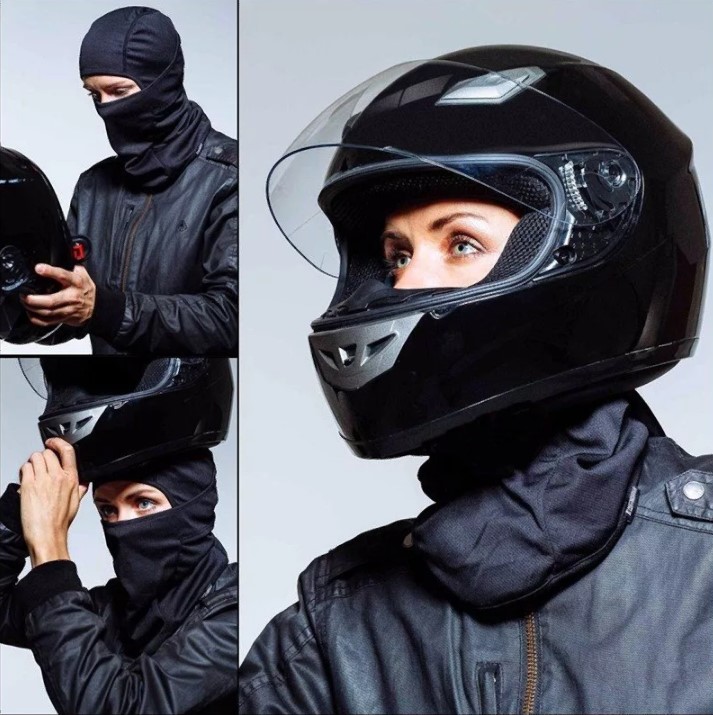
This is a ski hat that covers the head, chin, and neck. The eyes, mouth or the entire oval of the face remain uncovered, depending on the model.
How to sew a fleece balaclava with your own hands?
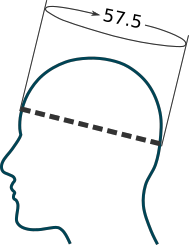 Measurements:
Measurements:
- Head circumference. We measure across the widest area.
- Length of the product.
There are many options for a balaclava. Starting from complex, machined ones to elementary ones, consisting of just one piece.
Regardless of the style, we will need:
- Thick fleece - 0.3-0.5 m.
- Threads.
- Scissors.
- Sewing machine.
- Elastic binding. Elements for edging sections can be cut out from the main fabric.
- Chalk.
- Lace stoppers. Optional.
The simplest pattern for a snowboarder's mask
One piece with a fold along the face. The connection is along the back, passes along the back of the head to the nose area.
When cutting, lay out the patterns so that the fold is exactly in the middle of the front.
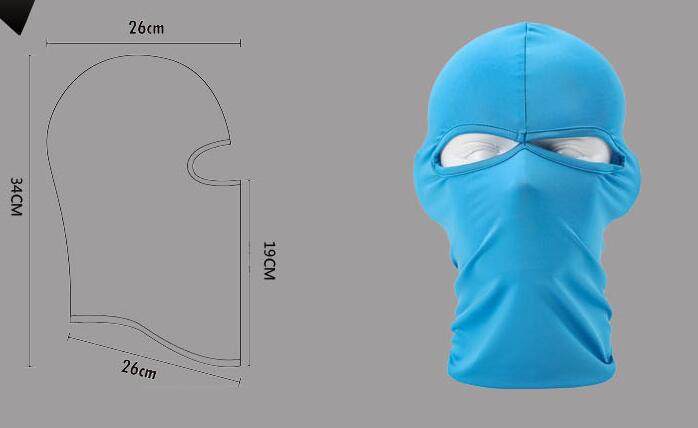
The sizes can be varied to suit you.
Operating procedure:
- We make a paper drawing.
- We fold the fabric in half, transfer the contours of the patterns onto the fleece, allowances are 0.7-1 cm.
- We cut it out.
- Sew the back seam. It is advisable to do this with a narrow zigzag stitch.
- We cover the cut with tape or strips of fleece.
- If desired, we connect the balaclava in the nose area.
- We process the lower cut with trim or ribbons of the main fabric.
Advice! Since fleece stretches well, there is no need to cut the trim at a 45-degree angle.
The neckline can be made larger so that you can fully open your face.
Important! It is better to use the thickest fleece, with long fibers.Make sure that this pile is on the outside in all areas.
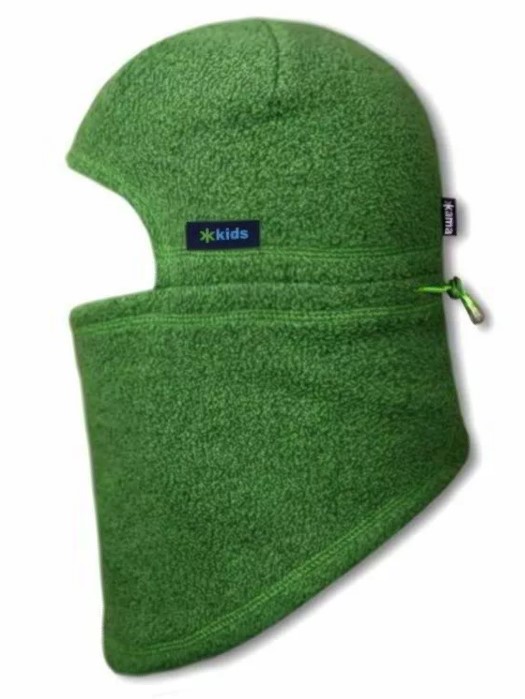
You can insert a ribbon that will regulate the degree of openness.
Stitched balaclava
The model consists of three parts; it is better to choose thick fleece with pile.
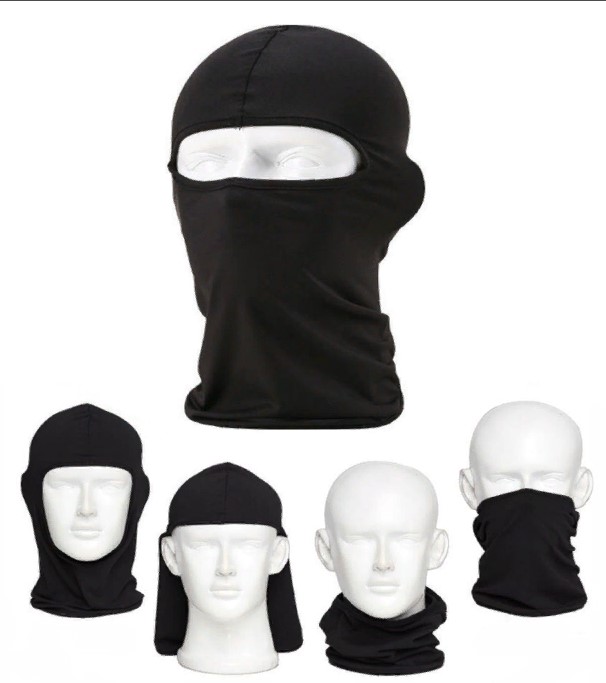 Progress:
Progress:
- We place blanks No. 1 and 3 on the material so that their edge coincides with the edge of the fleece.
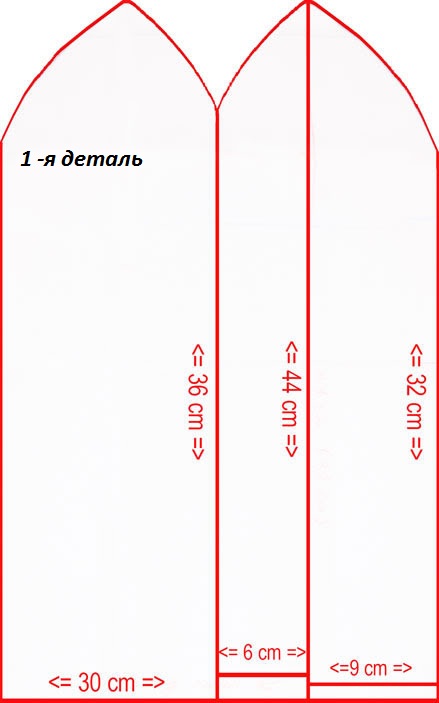
- We process the lower edge of part No. 2 and the upper edge of part No. 3. To do this, we tuck them in, then stitch them with a narrow zigzag stitch. Ideally, it is better to overcast with an overlocker.
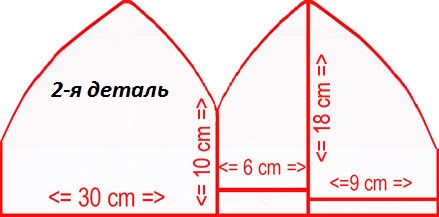
- Sew the crown seams. To do this, combine blanks 1 and 2 so that a small overlap is formed, then stitch it with a zigzag.
- Let's fold the first and third blanks back to back. The center and edges must match.
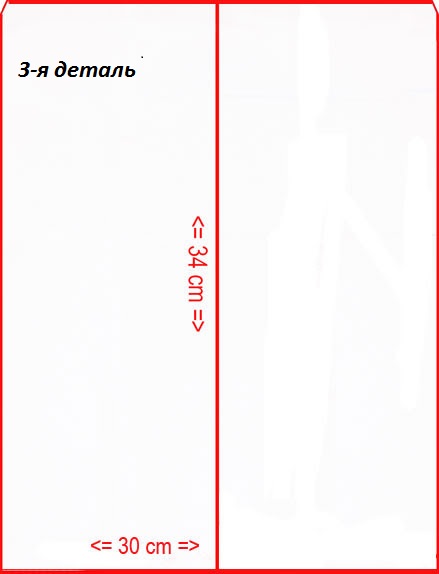
- We pin it with pins.
- Using one seam we assemble the structure, actually connecting the front part to the back.
Turn the product inside out.
It takes half an hour to make this headdress. The cost is 200-300 rubles, and you will use it for quite a long time.


 0
0